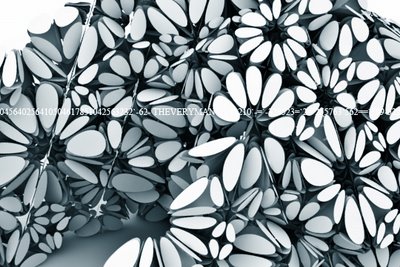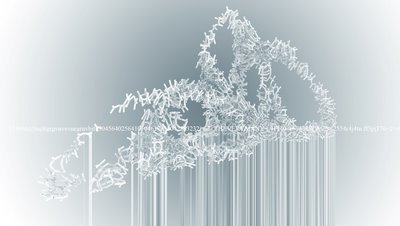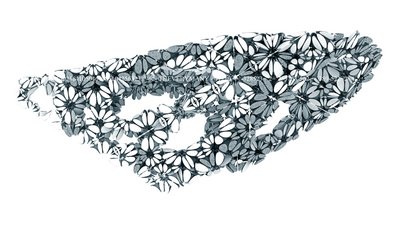090804_Echinoids_(re)configured
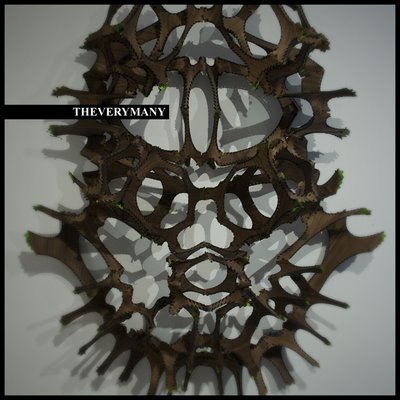
NEW YORK | Bridge Gallery | Echinoids (re)configured
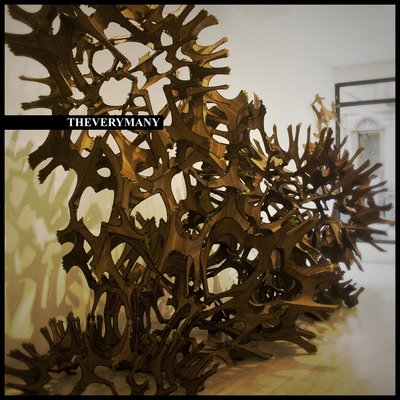
How many people do actualy believe in "failures"?
I do! - while giving talks/lectures I am often arguying about it - "operative failures" - in philosophy, empiricism is a theory of knowledge which asserts that knowledge arises from experience - one of many ways to gain experience is through test and trials - and within the recent jump in scale of the digital craft and the "Do it yourself" paradigm - experience requires failures...
Experiencing failure within prototypes - yes! - and despite often being displayed within art gallery THEVERYMANY's "constructs" are partly installation partly prototypes - though not so much prototypes to see if the systems is actually going to fail? - but rather when? - can failures be expected? - even better anticipated up to embodied within the geometrical system tested potential response?
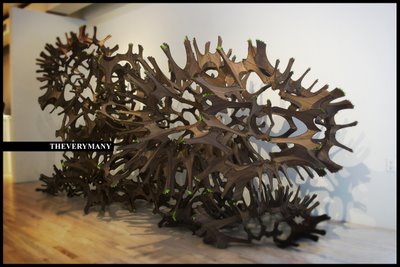
"the lion sat" - a localized part of Echinoids v1.0 slowly saddled - it didn't break but suffered from "fatigue" - unexpected failure? - blind future? - I would argue for curated ones...
Temporary installation are related to time - but also budget - aggregate systems and their inherent qualities are highly depending on numbers - unfortunately numbers are often the exact opposit vector to time/budget - then if no budget the system requires carefull compositionnal search methods to maintain a scale large enough to be experienced by its viewer as architectural artefact - homogeneity could be one way to go - unfortunately spreading the elements all accross the construct while maintaining structural integrity often requires down sizing...
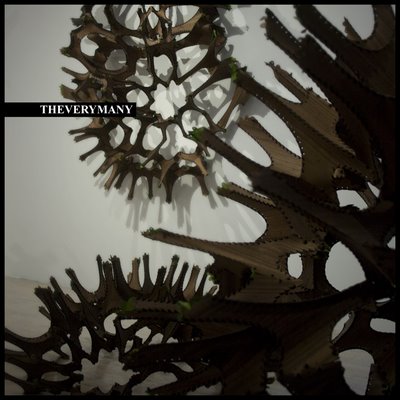
"until where can one go too far?"
Echinoids system is based on "calculated risk" - calculated risk is different from denying risk or maximising efforts to avoid falires - here the aggregate is designed through variation of desnties - balancing strengh and weakness - fully closed macro-systems as stable larger parts and low density members at transitional areas - a curated aggregate system allowing within its own geometric nature possible partial re-configuration - "explosion" as safe away exit strategy - allowing second lifes for a piece: from construct to environment...
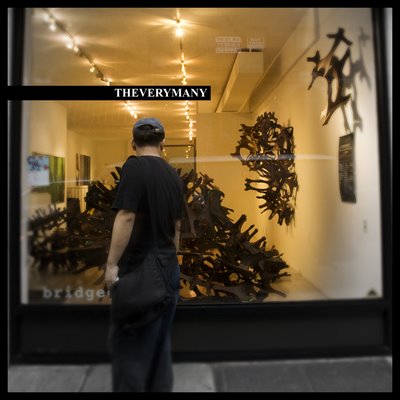
That (re)configuration is only the first one possible - and therefore to be followed along the summer for eventual other ones...
Labels: algorythm, computation, computational geometry, digital craft, digital fabrication, empiricism, failure, installation, lace, marc fornes, rhinoscripting, Scripting, theverymany, veneer, walnut
